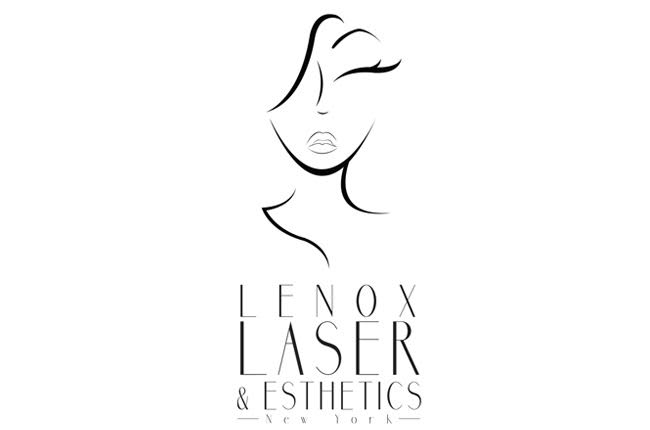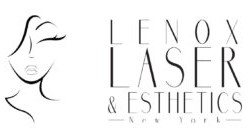
Acne is a disorder of the skin caused by inflammation of the skin glands and hair follicles. Since it forms under the skin, washing away surface oils does not do much to prevent or cure it. Acne treatment falls into three categories:
Cleansing & Exfoliating
It is a myth that people get acne because they don’t wash enough. Gentle washing is important, but too much washing can irritate the whiteheads and blackheads, causing them to be more infected and making more pimples.
Use a mild cleanser such as Cetaphil, or an acne cleanser such as Aveeno acne bar, Neutrogena Acne Wash, or Benzoyl Peroxide 5 percent bar. Exfoliating, which removes the layer of dead skin cells, is also important for healthy skin. After washing your face with a mild cleanser, exfoliate with face facial scrub one to two times a week. This can help reduce dead skin cells and debris which can clog pores and cause more acne.
Keeping It Clear
To avoid further clogging of your pores, all cosmetics, lotions, and sunscreens should be oil-free! To avoid dry skin, use an oil-free lotion such as Complex 15. To avoid sunburn use oil-free products such as Neutrogena or Coppertone Oil-free Sunscreen. And remember to beware of hair products and gels, as they tend to be very oily. Look for product labels that read “noncomedogenic”, meaning they won’t clog pores.
Medications
Benzoyl peroxide can be found in many over the counter acne medications. It kills bacteria that worsen acne, unplugging oil ducts, and helping to heal acne pimples.
Directions:
Start conservatively, with 5 percent gel or lotion once a day (such as after you wash your face to go to bed). After one week, increase use to twice a day if you are not using another medication. If your acne is not better after 4 to 6 weeks, try a 10 percent solution. It is now available over-the-counter (without a doctor’s prescription). Be sure to get the pure form: you may want to ask the pharmacist for the type that used to be available by prescription only.
Retin-A is available with a doctor’s prescription, as well as in over-the-counter solutions at your local drug store.
Directions:
Retin-A may cause your skin to become very red and dry, and may cause peeling. Newer medications have milder side effects. You should ask your doctor to switch your medication if you suffer some of these side effects.
As your doctor will tell you, Retin-A should only be used at night, because it makes your skin more sensitive to the sun and more susceptible to sunburn. Use extra sunscreen and sun protection when outdoors. It may take two to three months to see improvement in your skin. Be patient, follow your doctor’s instructions and remember to stick with the program. (Acne may get worse before it gets better.) For females: your physician may prescribe birth control pills prior to starting you on Retin-A, as it can be extremely harmful to fetal development in pregnant women.
Antibiotics are available with a doctor’s prescription only. Antibiotics can be very helpful for acne that is swollen and red, or for acne that is not improving with other medications. The antibiotics kill the bacteria which contribute to whiteheads.
Directions:
Be sure to follow your doctor’s instructions. Take the antibiotic pills with plenty of water. Some antibiotics may increase your skin’s sensitivity to the sun, wear sunscreen when outdoors.

